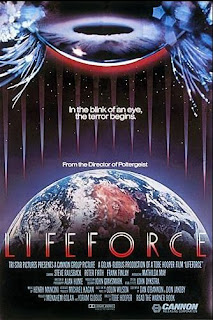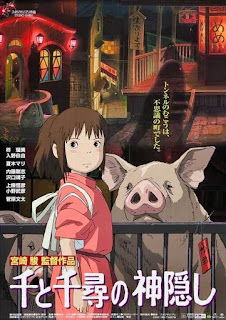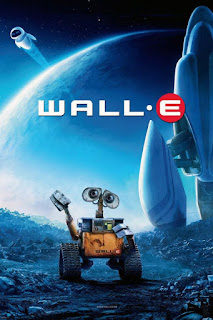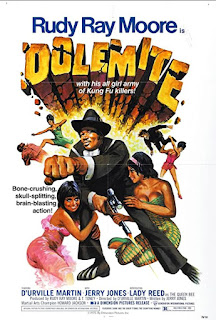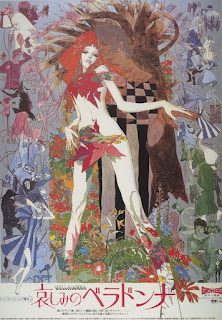The Black Cauldron (1985)

While Disney has made a number of horrible animated movies - many of the worst being in the last two to three decades - there are two movies the studio has always regretted making. One, of course, is Song of the South , which remains locked away in their vault until the time comes that an angry mob won't burn down their theme parks if it gets shown. The other was The Black Cauldron, the company's only attempt until requiring Pixar of making animated movies for those who have ages in the double digits. The Black Cauldron had been in production since the early 1970s when Disney bought the movie rights to Lloyd Alexander's series of books known as The Chronicles of Prydain . The books themselves were based on an ancient Welsh collection of prose called The Mabinogion. The movie is a truncated and simplified version of Alexander's first two books, omitting a number of side characters and subplots. Still, the aim of the animators was to make Disney's first...


